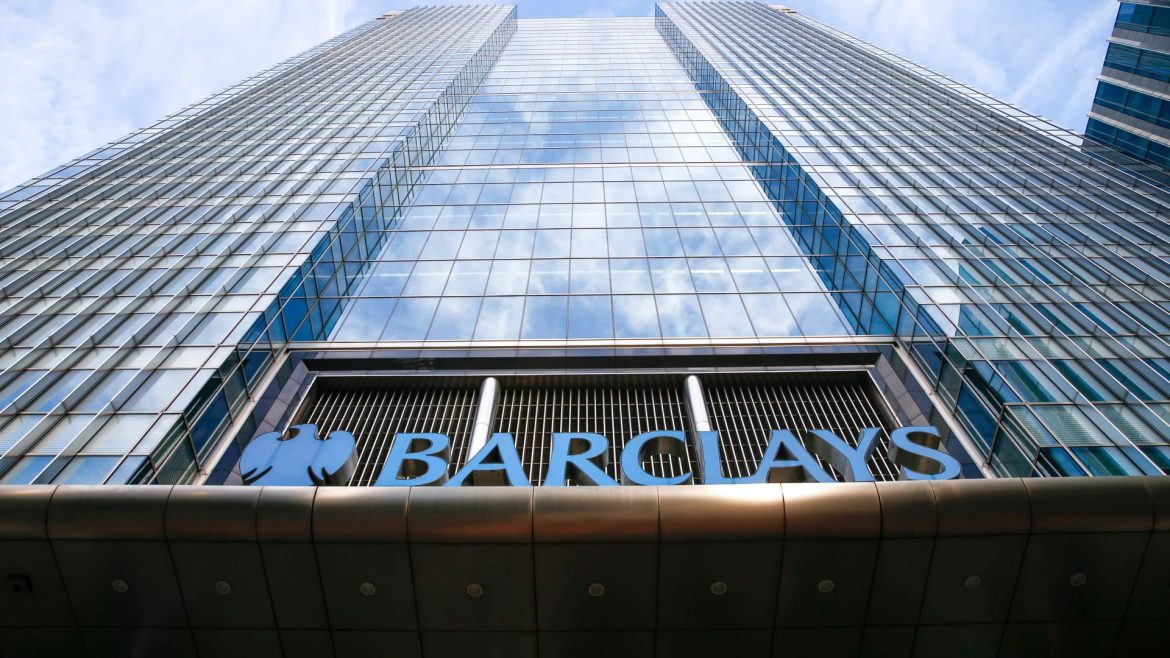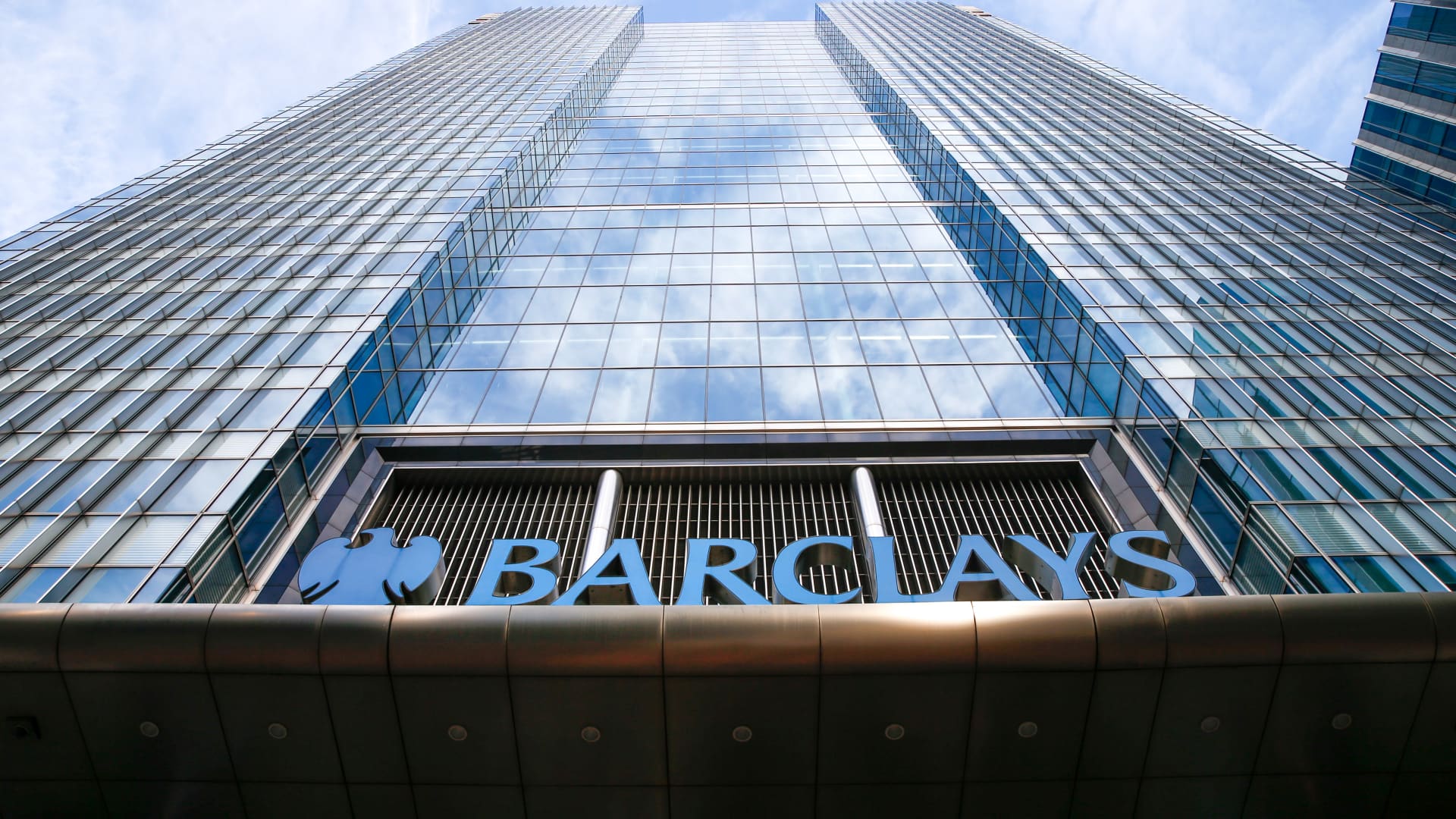Barclays’ Q2 Performance: A Detailed Analysis
Introduction: Navigating Market Volatility
In the ever-shifting landscape of global finance, Barclays PLC has emerged as a beacon of resilience and strategic acumen. The bank’s second-quarter performance has not only surpassed analyst expectations but also underscored the effectiveness of its long-term initiatives. This report provides an in-depth analysis of Barclays’ Q2 results, exploring the factors behind its profit surge, the challenges it faces, and the strategic decisions that have shaped its current trajectory.
Profitability and Revenue Growth
Surpassing Expectations
Barclays’ second-quarter pre-tax profit has witnessed a substantial increase, outpacing consensus estimates. This impressive figure is a testament to the bank’s ability to capitalize on market opportunities and navigate the complexities of the financial landscape. The bank’s strategic initiatives, particularly in its investment banking division, have played a pivotal role in this achievement.
Investment Banking as a Key Driver
The investment banking division has emerged as a significant revenue generator for Barclays. Amidst market volatility, the investment bank’s revenues have outperformed forecasts, contributing substantially to the group’s overall profitability. This highlights the strategic importance of this division in Barclays’ business model. The Investment Bank accounts for a substantial portion of group revenues, primarily driven by its US division.
Impact of Strategic Initiatives
Barclays is currently halfway through a three-year plan aimed at revamping its operations and reducing reliance on its investment bank. The recent profit surge suggests that these strategic initiatives are beginning to bear fruit, enhancing the bank’s overall performance and resilience. The bank’s focus on efficiency, cost management, and innovation has positioned it well to navigate the challenges of the financial landscape.
Share Buyback and Investor Confidence
£1 Billion Share Buyback
In light of its strong financial performance, Barclays has announced a £1 billion share buyback program. This move reflects the bank’s confidence in its financial position and its commitment to delivering value to shareholders. Share buybacks typically boost investor confidence by reducing the number of outstanding shares, thereby increasing earnings per share.
Positive Market Reaction
The announcement of the share buyback, coupled with the positive earnings report, has been well-received by the market. Barclays’ shares have experienced positive movement, indicating increased investor confidence and optimism about the bank’s future prospects. This positive market reaction is a testament to the bank’s ability to deliver value to its shareholders and its commitment to maintaining a strong financial position.
Challenges and Headwinds
Economic Uncertainty
Despite the positive results, Barclays faces several challenges, including an uncertain economic outlook, particularly in the US. Economic downturns and market corrections can negatively impact the performance of financial institutions, leading to increased credit losses and reduced revenues. The bank must remain vigilant and proactive in managing these risks to ensure its continued success.
Currency Headwinds
The recent strength of the British pound against the US dollar has created a currency headwind for Barclays. This is unusual, as the group typically benefits from a tailwind due to its international operations. A stronger pound can reduce the value of overseas earnings when translated back into the bank’s reporting currency. The bank must carefully manage these currency fluctuations to mitigate their impact on its financial performance.
Bad Debt Provisions
Barclays has set aside a substantial sum to cover potential bad debts. This provision reflects concerns about the economic outlook and the potential for increased credit losses, particularly in an environment of rising interest rates and economic uncertainty. The bank must continue to monitor these risks and take proactive measures to manage its credit portfolio effectively.
Strategic Implications and Future Outlook
Diversification and Revenue Streams
Barclays’ diversified business model, with revenue streams from investment banking, Barclays UK, and the Barclays US Consumer Bank, provides a degree of resilience against market fluctuations. While the investment bank has been a key driver of recent profits, the bank’s other divisions also contribute significantly to its overall performance. This diversification strategy helps to mitigate risks and ensure a steady flow of revenues.
Adapting to Changing Market Conditions
Barclays must continue to adapt to changing market conditions and navigate the challenges posed by economic uncertainty, currency fluctuations, and regulatory requirements. This requires a proactive approach to risk management, strategic planning, and innovation. The bank must remain agile and responsive to market changes to maintain its competitive edge.
Focus on Efficiency and Cost Management
In an environment of heightened competition and economic uncertainty, Barclays must maintain a strong focus on efficiency and cost management. This involves streamlining operations, leveraging technology, and optimizing resource allocation to enhance profitability and competitiveness. The bank’s commitment to efficiency and cost management will be crucial in ensuring its long-term success.
Conclusion: A Resilient Performance
Barclays’ second-quarter performance reflects its ability to capitalize on market opportunities, navigate challenges, and deliver value to shareholders. While the bank faces ongoing economic uncertainties and currency headwinds, its diversified business model and strategic initiatives position it for continued success. By maintaining a focus on innovation, efficiency, and risk management, Barclays can navigate the complexities of the financial landscape and achieve sustainable growth in the years to come. The bank’s resilience and strategic acumen have positioned it well to weather the storms of the financial world and emerge stronger and more resilient.





